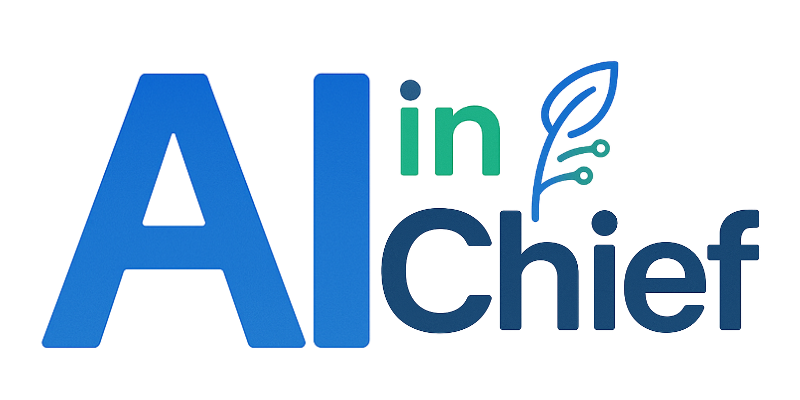AutoGen: Enabling Next-Gen LLM Applications via Multi-Agent Conversation
AutoGen is a flexible, open-source multi-agent framework enabling modular, conversable LLM-based applications through programmable agent interactions.

1. Paper Metadata & One-Line Summary
- Paper Title: AutoGen: Enabling Next-Gen LLM Applications via Multi-Agent Conversation
- ArXiv ID / DOI: arXiv:2308.08155v2
- Authors / Institution: Qingyun Wu, Gagan Bansal, Jieyu Zhang, et al. / Microsoft Research, Penn State, University of Washington, Xidian University
- Published Date: October 3, 2023
- Link: https://arxiv.org/abs/2308.08155
2. Core Idea & Innovation
- Problem Addressed: Simplifying the development and execution of complex LLM workflows that require coordination among multiple agents, tools, and possibly humans.
- What’s New or Disruptive?: Introduction of "conversable agents" and "conversation programming" to unify and automate multi-agent interactions in LLM applications.
- Which Agentic Capabilities Are Covered?: Planning, Autonomy, Memory, Tool Use, Orchestration
- Type of Work: System Design
3. System Components & Technical Design
- LLM Backbone: GPT-4, GPT-3.5-turbo
- Agent Framework: AutoGen (custom framework)
- Memory + Retrieval: Vector DBs (e.g., Chroma) integrated via Retrieval-Augmented Generation (RAG)
- Execution / Tool Use: Supports Python code execution, function calling, shell scripting
- Orchestration Logic: Conversable agents with auto-reply mechanism and dynamic control flow
- Infrastructure: Open-source, extensible; supports containerization and external tool integration
- Monitoring / Guardrails: Code execution safety checks, grounding agents
- HITL Interfaces: Human-in-the-loop via UserProxyAgent with configurable interaction levels
4. Analysis Through AIC AI Native Lens 🔍
| AIC Pillar | Score (1–5) | Notes |
|---|---|---|
| Context Layer (MCP + Memory) | 4 | Supports memory through vector DB and history-based context passing |
| Modular Control Plane | 5 | Fully modular agent design with pluggable capabilities |
| Agentic Orchestration | 5 | Robust orchestration via auto-reply and role-based flows |
| A2A Interface Layer (Actionable APIs) | 4 | Function calling and tool use supported but may need richer API schema integration |
| Guardrails & Observability | 4 | Safeguards via agent roles and response validation, though not fully enterprise-hardened |
| AI Native Infra (Cloud/CDK readiness) | 3 | Lacks native AWS/BYO infra bindings but can be containerized |
| Human-AI Feedback Systems | 4 | Strong support via configurable HITL agents and conversational checkpoints |
5. Enterprise Readiness Evaluation 🏢
| Factor | Rating (1–5) | Justification |
|---|---|---|
| Scalability to Prod | 4 | Well-structured, extensible but requires custom infra integration |
| Architecture Clarity | 5 | Highly modular and readable abstraction for agent creation and orchestration |
| Alignment with AWS / Bedrock Ecosystem | 3 | Lacks out-of-the-box AWS CDK/Bedrock integrations |
| Adaptability to Enterprise Tooling | 4 | Easily adaptable via tool-agent pattern but needs enterprise-scale hardening |
| Security & Governance Integration | 3 | Basic safeguards, requires further extensions for enterprise security needs |
6. Agentic AI Maturity Verdict 🚦
- Verdict Label: ⚙️ Modular Proof-of-Concept
- Rationale: Strong foundation with practical usability, missing native enterprise infra support and full lifecycle governance.
7. Final Commentary: From Research to Real-World AIC
- Key Takeaways:
- Enables modular, reusable agent design for LLM workflows
- Simplifies complex control flows through conversation programming
- Demonstrates performance advantages over existing baselines in tasks like math solving, RAG, and code generation
- How it Inspires AIC Use Cases:
- Autonomous Tech Support Agents
- Retrieval-Augmented Code Assistants
- Conversational Decision Agents in enterprise ops
- What It’s Missing: Native enterprise cloud bindings, richer security/governance hooks
- Feature Suggestion: Add CDK module and monitoring/telemetry pipeline for enterprise deployment
- Image Idea: Diagram showing multiple agents (LLM, human, tool) conversing through a central AutoGen orchestrator with feedback loops and execution trails

